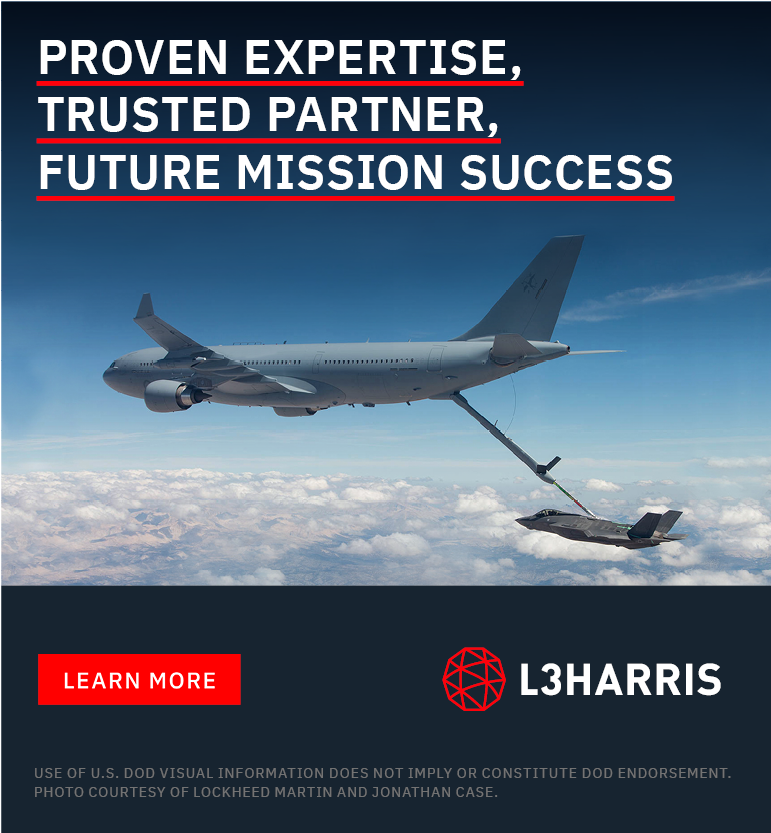Could this be Déjà Vu All Over Again?
As this issue of CDR goes to press, there is much talk about how the Liberal government is now looking to sole source the acquisition of Boeing’s Super Hornet fighter aircraft to replace Canada’s aging CF-18 fleet – at least, on an “interim” basis.
Haven’t we heard this tune before? That’s right, this is exactly what the Harper Conservatives wanted to do in buying the F-35 fighter jet with no fair and open competition. At that time, CDR said it was a bad idea and we still say making a multi-billion dollar aircraft purchase - whether it’s on an “interim” basis or
not - with no competition, even if the aircraft in question has now changed, is a bad deal for Canada, Canadian tax payers and yes, Canada’s military as well.
Here are just a few reasons why buying Boeing’s Super Hornet in this manner makes no sense. During the election campaign, Trudeau’s Liberals said they would, first of all, scrap the Conservative government’s plans to purchase F-35 and that they would conduct an “open competition” to select Canada’s next fighter aircraft but now it seems the Trudeau government is going to back track and fall into the same bind the Conservatives found themselves in.
Sole sourcing is a tactic that should only be resorted to in case of extreme urgency and that clearly does not apply in this case, so why do it? The government is looking for a way to avoid considering F-35 at all, because, let’s face it, if it did hold an open competition, it could not very well bar Lockheed Martin from bidding F-35, so this so-called “interim” Super Hornet solution, is a way for them to do an end run around that process and also stay in the F-35 program where presumably Canadian industry would continue to benefit from F-35 related contracts.
But, sole sourcing is inherently bad policy in that there are no incentives for the seller to provide industrial benefits and high quality jobs and, of course, with no bargaining power, you know you are going to be gouged on price as well.
Alan Williams is a former ADM MAT, who was in charge of defence procurement in the Canadian government and he has been an outspoken critic of sole sourcing the F-35 for a long time now but he recently spoke out about the current Super Hornet imbroglio, saying essentially that in the same way sole sourcing F-35 was a bad idea, so too is the sole sourcing of Super Hornet, not only ill advised, but also illegal!
In a recent commentary in Ipolitics, Williams said, “ . . . unless the government can contend that a contract must be sole-sourced for national security reasons (and in this case, it can’t), it has no legal basis to undertake a sole-source contract. In Canada, defence procurement is subject to the Agreement on Internal Trade (AIT). Article 506.2 of this agreement lays out the requirement for competitive tenders in all cases — unless clearly identifiable exceptional circumstances exist. No such exceptions apply to the CF-18’s replacement. The only way Ottawa can sole-source this contract is to invoke article 1804 of the agreement, citing national security. ” So, in effect, the Liberals would be breaking the law by buying Super Hornet without a competition.
SUPER HORNET MAY BE THE
WRONG AIRCRAFT AT THE
WRONG TIME FOR CANADA
And, then there’s the question of whether the RCAF would be getting the fighter aircraft it really needs by acquiring Super Hornet. Back in 1982 Canada purchased 138 McDonnell Douglas (now Boeing), CF-18 fighter jets but with attrition, the Air Force is now down to only 80 operational planes.
If the government buys 40 planes for an interim fix, the RCAF will have far fewer fighter jets than it really needs to tackle the missions it will inevitably be called on to carry out, and it has been speculated that in the future Canada’s air presence in the far north could be usurped by stealthy USAF fighter aircraft that would be undetectable by 5th generation Russian fighter aircraft looking to penetrate North American air space because the CF-18s and also Super Hornets - if Canada was to acquire them - would be vulnerable.
So, instead of RCAF fighter jets flying out of Yellowknife or Iqaluit we could see American F-35s or F-22s stationed at Canada’s own Arctic bases because of the inadequacy of Canada’s fighter aircraft fleet and with the government’s stated goal of protecting Canada’s Arctic sovereignty and having a presence there, that would surely be an embarrassing situation.
According to Billie Flynn, a Lockheed Martin test pilot and former CF-18 pilot who has flown many times over Canada’s Arctic, a two engine aircraft (such as Super Hornet) is no longer imperative for Over Ocean and Arctic flying. He has been quoted as saying, “The F-35 is a better choice for Canada in the Arctic than fourth-generation alternatives such as Boeing’s F-18 Super Hornet, because it has more sophisticated sensors, including passive and active radars that can locate intruders at a greater distance.”
So, the bottom line is that going sole source on Super Hornet is a very ill advised idea no matter how you look at it but fortunately, there is still time for the government to see the error of its ways and get the fighter program aircraft back on the path to an open competition.
Rest assured, CDR will continue to monitor this situation very closely in the weeks ahead.






